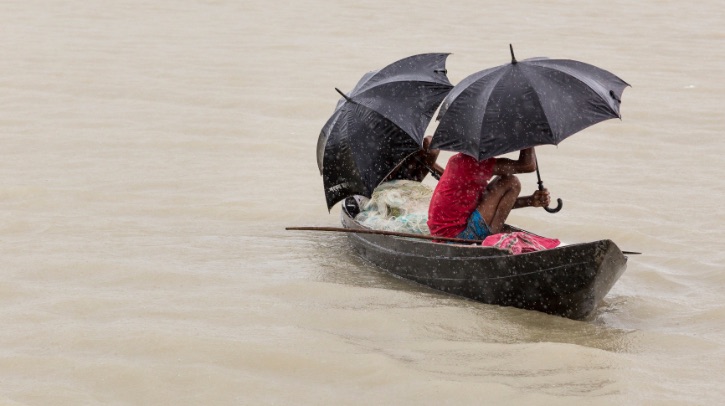Caltech has released a machine-learning-based forecast that has been shown to more accurately predict the South Asian monsoon rainfall 10 to 30 days in advance.
Caltech’s research
A paper describing the method, titled Improved subseasonal prediction of South Asian monsoon rainfall using data-driven forecasts of oscillatory modes, appeared in the Proceedings of the National Academy of Sciences on April 1, 2024.
The research was led by Eviatar Bach, the Foster and Coco Stanback Postdoctoral Scholar Research Associate in Environmental Science and Engineering, who works in the laboratories of Tapio Schneider, the Theodore Y Wu Professor of Environmental Science and Engineering and JPL senior research scientist; and Andrew Stuart, the Bren Professor of Computing and Mathematical Sciences.
“There is a lot of concern about how climate change will affect the monsoon and other weather events like hurricanes, heatwaves, and so on,” Bach said. “Improving predictions on shorter timescales is an important part of responding to climate change because we need to be able to improve preparedness for these events.”
Revolutionizing numerical modeling
According to the researchers, this tool represents a significant improvement on current forecasts that use numerical modeling rather than artificial intelligence (AI) to make predictions.
Current models use numerical modeling – computer simulations of the atmosphere based on the physics equations describing the motion of fluids. Because of the chaotic nature of recording and modeling the atmosphere’s numerous instabilities, the maximum predictable time for large-scale weather is usually around 10 days. Predicting the long-time average behavior of the atmosphere – that is, the climate – is also possible, but predicting the weather in the time interval between two weeks to several months has been a challenge with numerical models.
With South Asian monsoons, rain tends to fall in cycles of intense bursts followed by dry spells. These cycles are known as monsoon intraseasonal oscillations (MISOs). In the new research, Bach and his collaborators added a machine-learning component to current numerical models. This enabled the researchers to gather data about the MISOs and make better predictions of the rainfall on the elusive two-to-four-week timescale. The resulting model was able to improve the correlations of the predictions with observations by up to 70%.
“In the past few years, there has been an increased interest in using machine learning for weather prediction,” Bach added. “Our work shows that a combination of machine learning and more traditional numerical modeling can produce accurate results.”
Collaborators
In addition to Bach, co-authors are V Krishnamurthy and Jagadish Shukla of George Mason University; Safa Mote of Portland State University; A Surjalal Sharma and Eugenia Kalnay of the University of Maryland; and Michael Ghil of École Normale Supérieure in Paris, UCLA, and Imperial College London. Funding was provided by India’s Ministry of Earth Sciences, NASA and the National Science Foundation. The Foster and Coco Stanback Postdoctoral Fellowship supports innovative and creative early career scientists working in global environmental science, including research in areas such as climate adaptation and mitigation, environmental microbiology, terrestrial and marine biogeochemistry, glaciology, paleo-climatology, atmospheric chemistry and composition, physical oceanography, and climate dynamics.
In related news, Caltech recently created bionic jellyfish for deep ocean data collection. Click here to read the full story.



